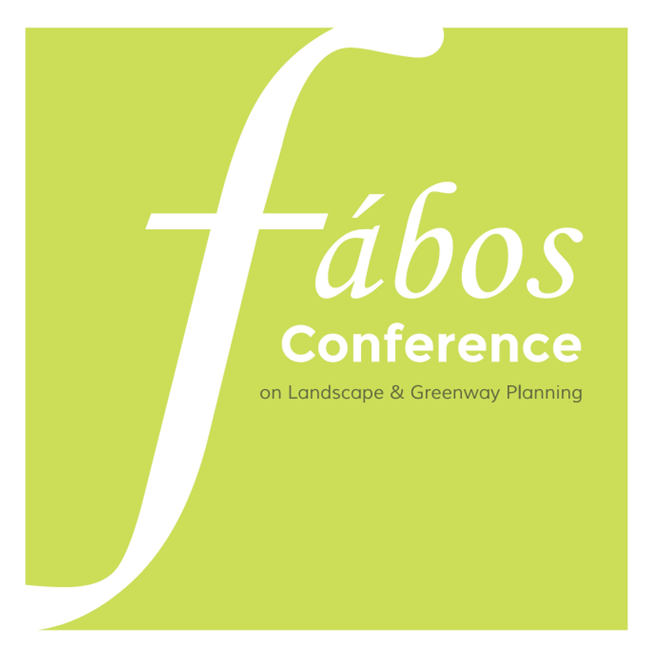Integrating Green Infrastructure for Enhanced Thermal Comfort and Energy Efficiency in Mixed-Climate Low-Rise Neighborhoods
Abstract
The intensifying impacts of climate change—characterized by rising temperatures, extreme weather, and seasonal variability—pose significant challenges to residential energy efficiency and outdoor thermal comfort, particularly in the U.S. mixed climate regions. Urban green infrastructure (UGI), including green roofs, vertical gardens, and tree canopies, has emerged as an essential strategy for mitigating these effects by enhancing shade, evapotranspiration, and reducing heat exchange. While UGI has proven effective in extreme climates, there is a research gap concerning its application in mixed climates, where seasonal changes create unique demands. This study addresses this gap by evaluating the potential of green strategies to improve energy efficiency and thermal comfort in low-rise residential neighborhoods, focusing on neighborhoods with varied development forms in the Northeast U.S.
The research employs a comprehensive parametric approach that integrates the ENVI-met microclimate model, DesignBuilder, and BEOpt to simulate UGI impacts on outdoor microclimate, indoor thermal behavior, and energy consumption. Specifically, ENVI-met calculates outdoor parameters, such as the Physiological Equivalent Temperature (PET), as an indicator of outdoor thermal comfort, while DesignBuilder and BEOpt use these data to model building thermal zones and optimize energy demand. Field measurements and case studies (singular, linear, and courtyard neighborhood forms) validate the simulation results, supporting the reliability of this integrated method.
This research pursues three core objectives: (1) to develop an integrated model that parametrically analyzes green strategies' effects on outdoor and indoor thermal comfort and energy performance under current local climate zone and future climate change scenarios, (2) to identify which UGI features effectively improve PET, annual microclimate conditions, indoor discomfort hours, and energy demand across diverse neighborhood morphologies, and (3) to demonstrate the applicability of ENVI-met, DesignBuilder, and BEOpt for evaluating integrated design methods with UGI in mixed climates.
The findings offer architects, urban planners, and policymakers practical guidance on UGI’s role in creating resilient, socially sustainable neighborhoods. By advancing the understanding of urban morphology's role in enhancing thermal comfort and energy efficiency, this study contributes a vital blueprint for sustainable neighborhood development in the face of climate change.
Keywords: Climate Change, Low-rise Residential Neighborhoods, Energy Performance, Thermal Comfort, Green Infrastructure (GI)
How to Cite:
Darvish, A., Kim, H., Fiocchi, C. & Ryan, R., (2025) “Integrating Green Infrastructure for Enhanced Thermal Comfort and Energy Efficiency in Mixed-Climate Low-Rise Neighborhoods”, Fábos Conference on Landscape and Greenway Planning 8(1). doi: https://doi.org/10.7275/fabos.2804
Downloads:
Downloads are not available for this article.
469 Views
0 Downloads
